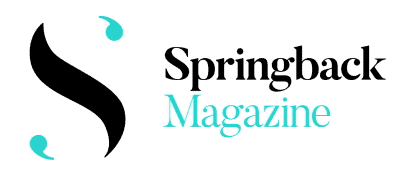‘Pantsula’ describes sticking out one’s butt or waddling like a duck, which gives an ungainly impression when the dance is far from it. Rather, it is the tilting of the hips in such a way that gives free rein to the feet. And my word, have you ever seen such fancy footwork. As South Africa’s Via Katlehong Dance company take to the stage, the pace and precision of their feet is zippy to the point of almost imperceptible. As if you were watching a scurry of squirrels scaling trees. Or Fred Astaire ad infinitum on 35mm – not such a wild comparison, given how much pantsula incorporates tap, step, and gumboot. But at the heart of pantsula is a message of optimism and resistance that harks back to its roots in apartheid South Africa and is still celebrated in townships today, where the youth channel their frustration towards the injustices they face through dance.

In Via Injabulo, pantsula’s indefatigable pulse has been made palpable in works by choreographers Marco da Silva Ferreira and Amala Dianor, both ‘scaling up’ artists of Europe’s Big Pulse Dance Alliance. In Ferreira’s førm Inførms, dancers carve out individual trajectories across the stage in great strides and fist pumps, as if competing in a race, which is only reinforced by Jonathan Uliel Saldanha’s trumpet-led soundtrack. Then, in Dianor’s Emaphakathini the dancers seemingly shed their struggles, be it with one another or themselves, to congregate in shoals of synchronicity, rising and falling on the waves of Awir Leon’s on-stage DJ set.
Yet it is the interval between the pieces that is perhaps most telling of their collaborations: driven by improvisation, it affords the dancers space to – in the words of dancer Lungile Mahlangu – ‘simply come in and be, feel how you feel, from day to day.’ With a 60:40 ratio of improvisation to set choreography, no two performances of Via Injabulo are the same. Which feels an awfully lot like life, does it not? Forever keeping you on your toes.







